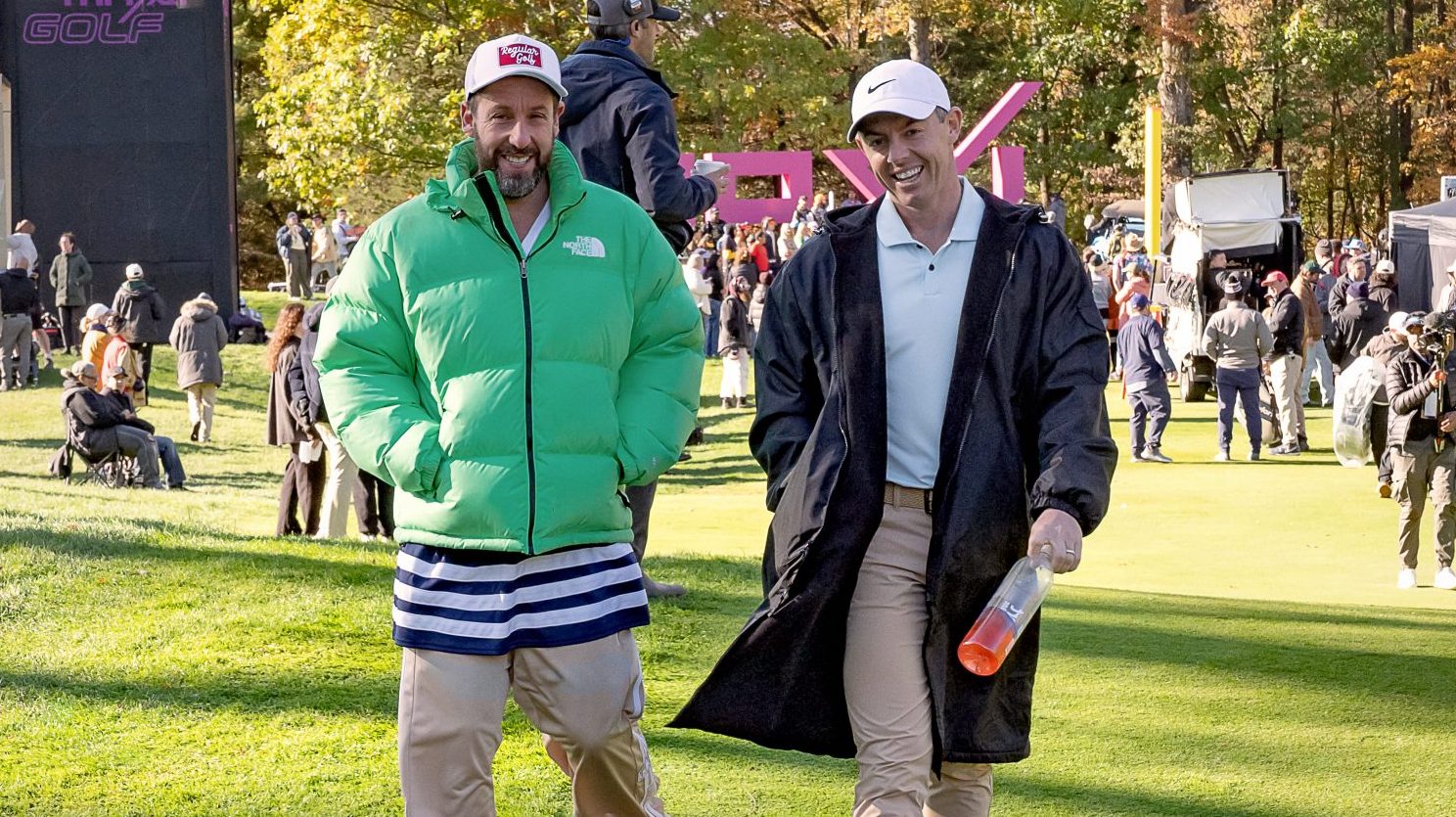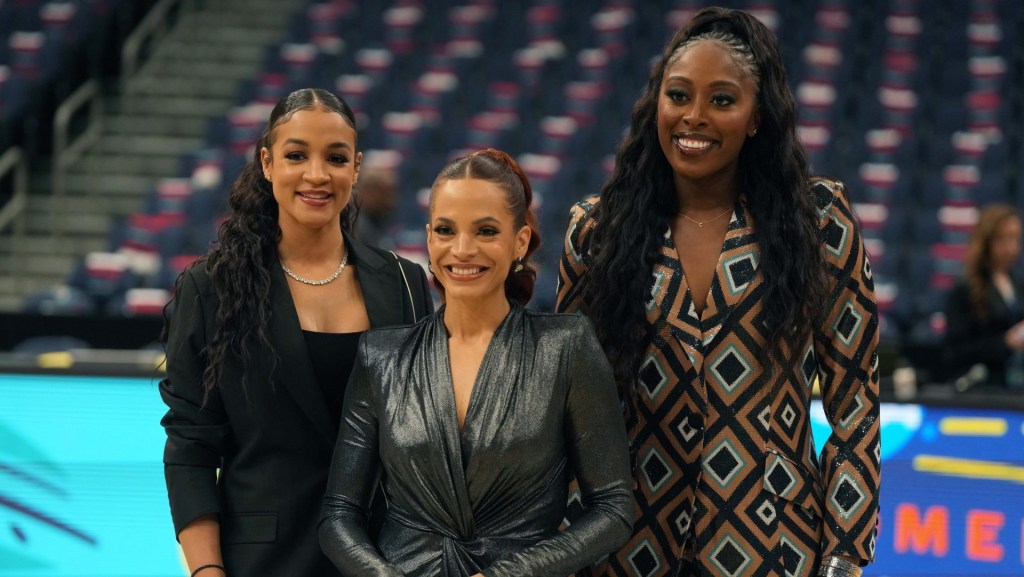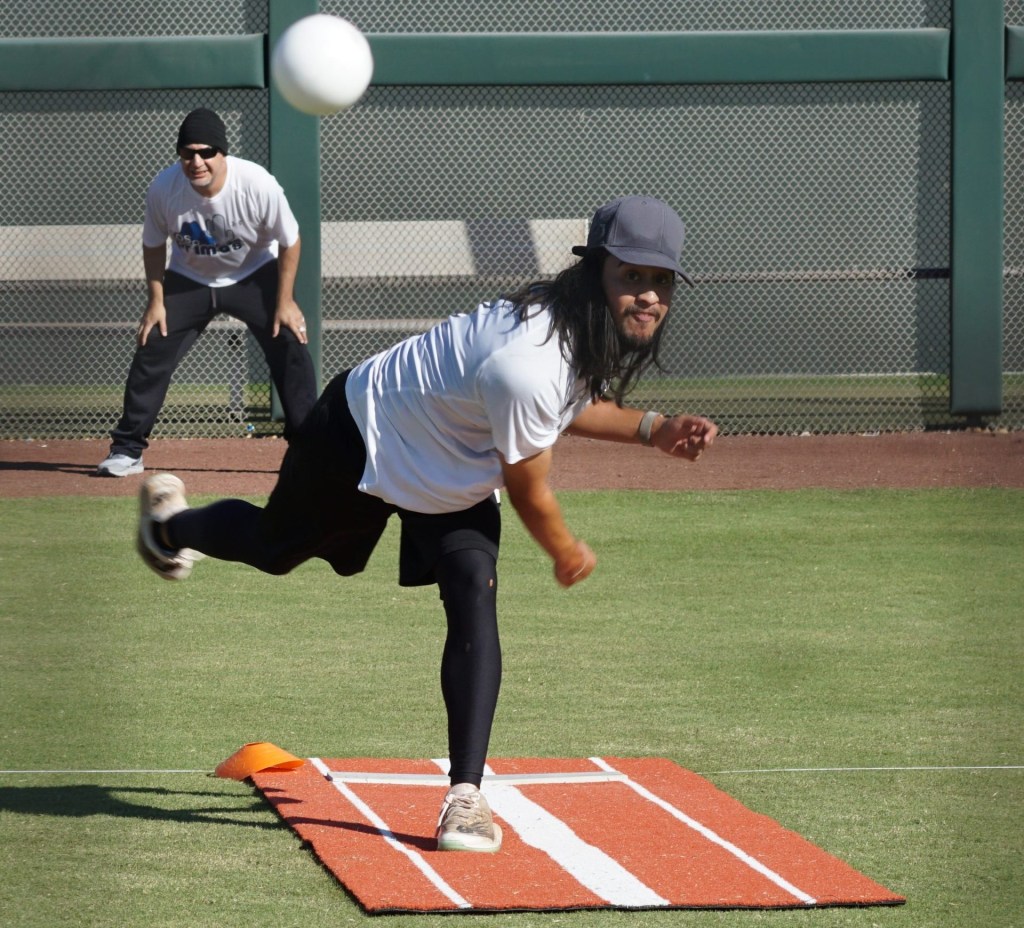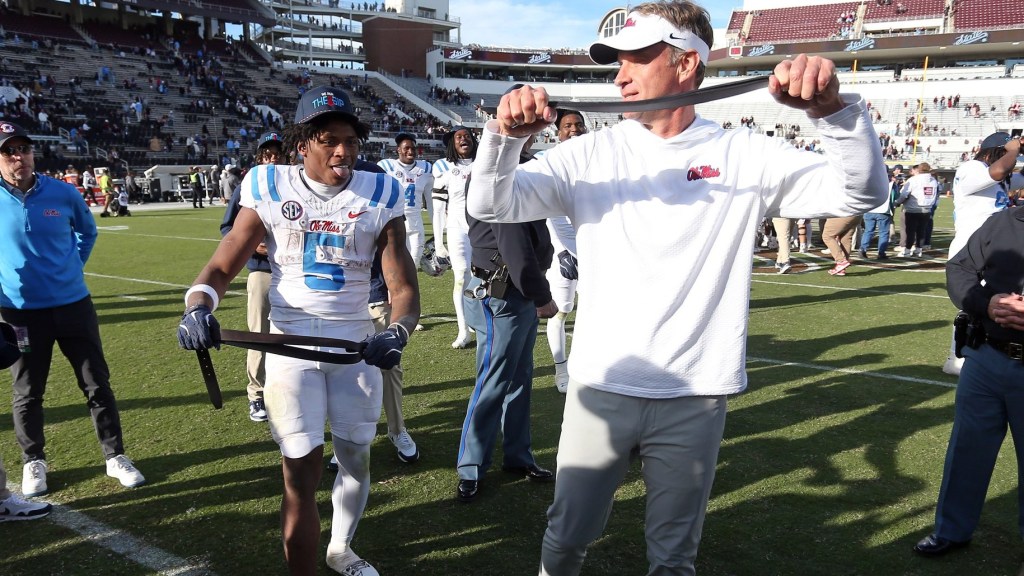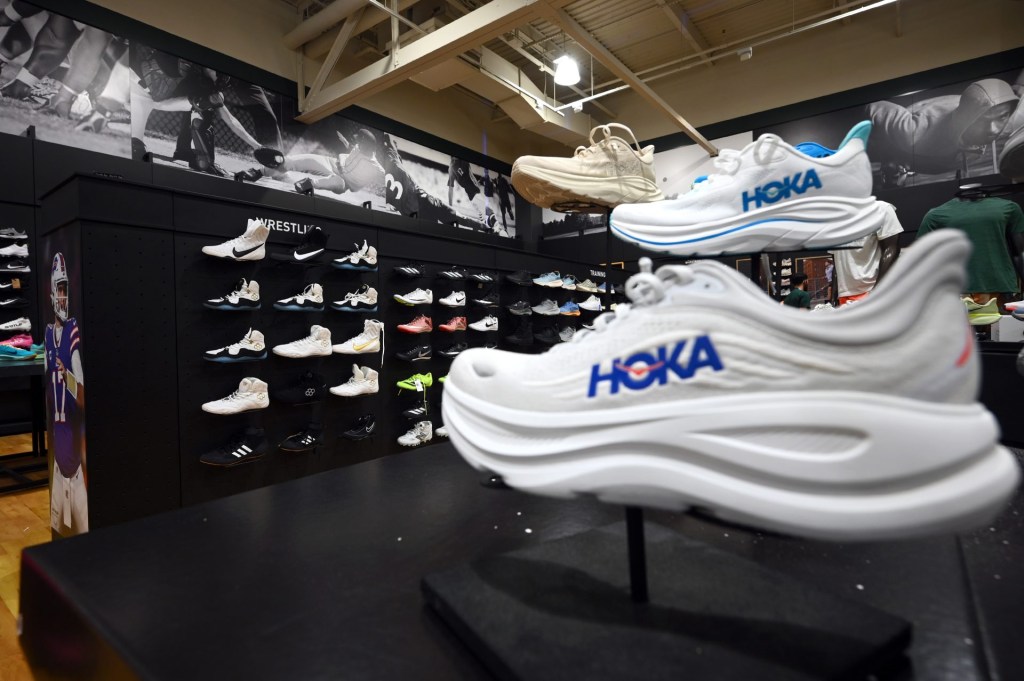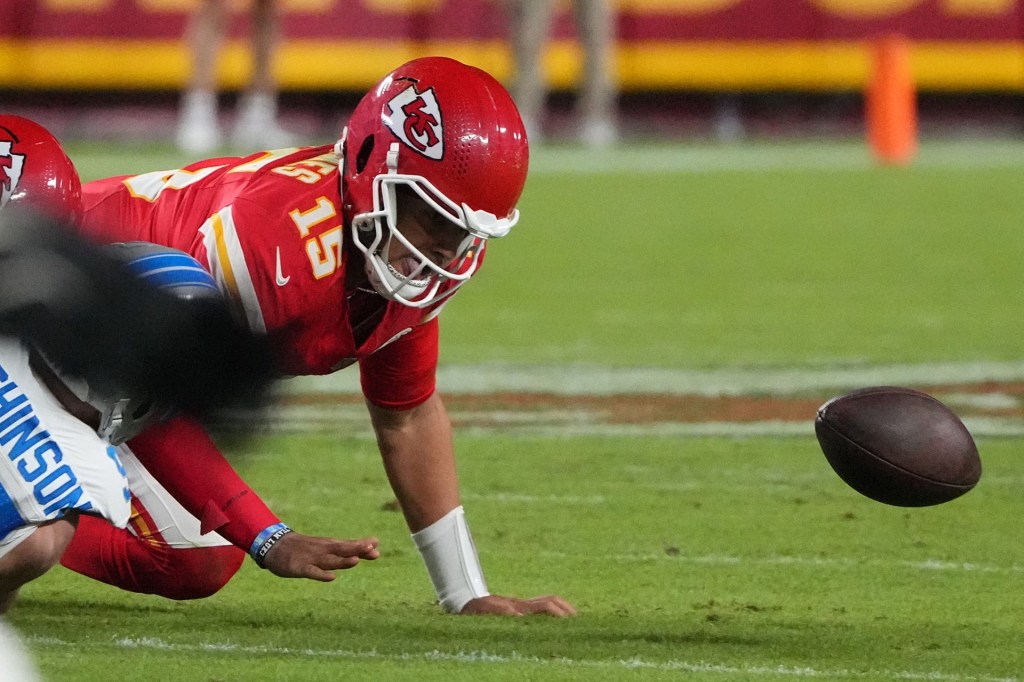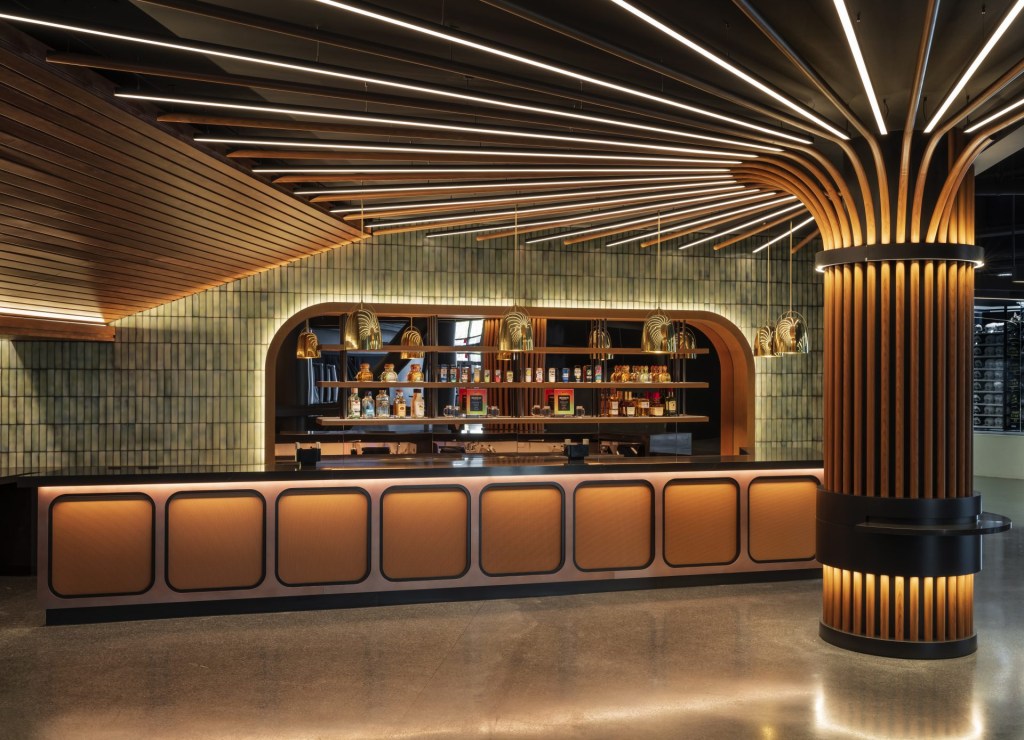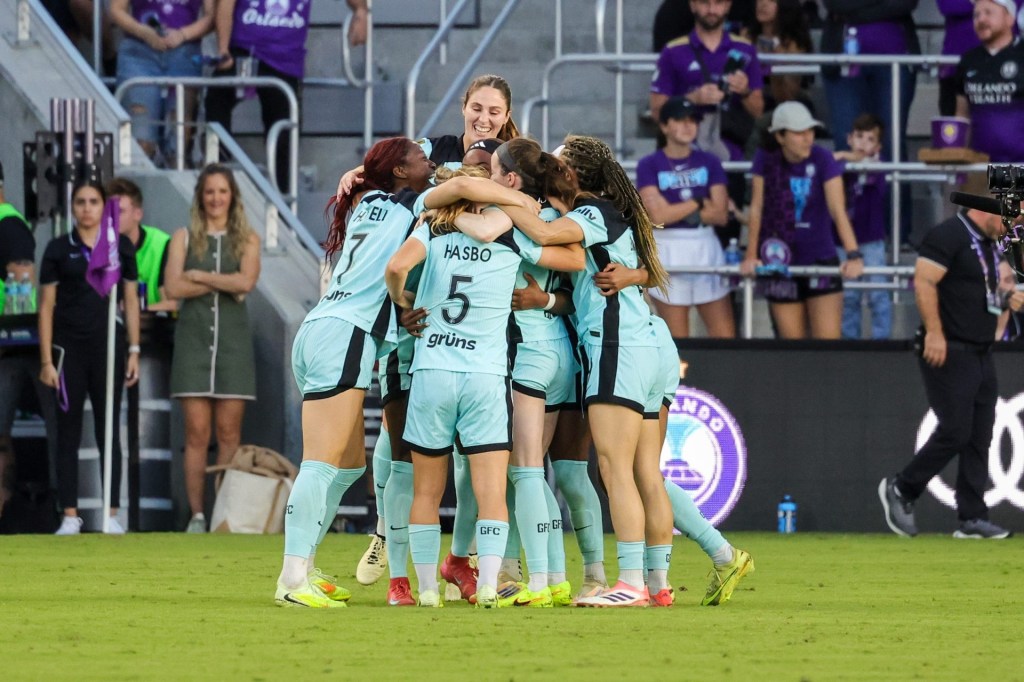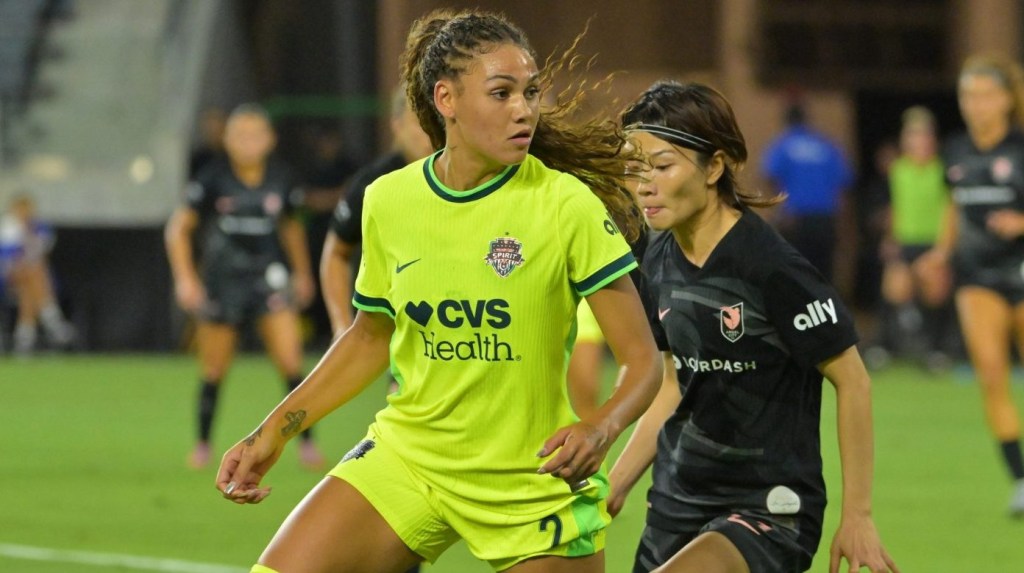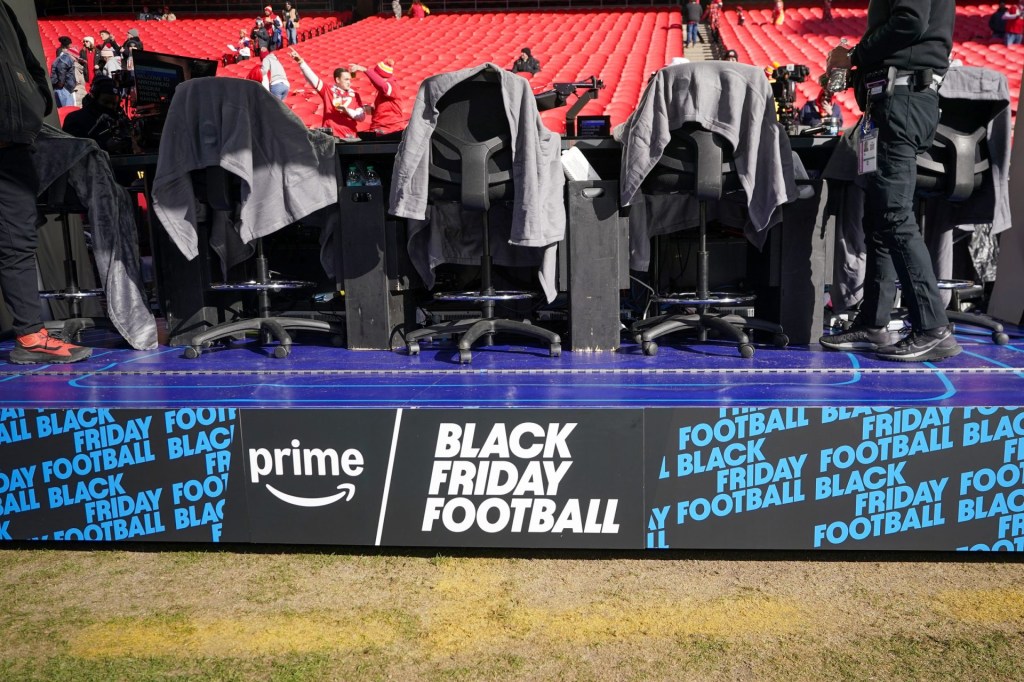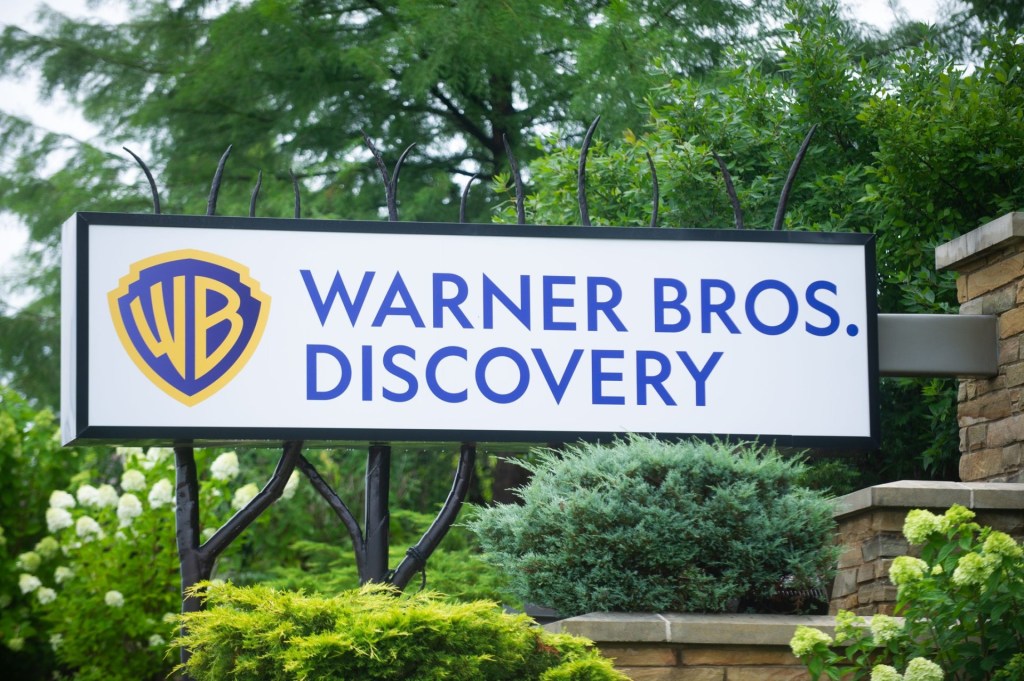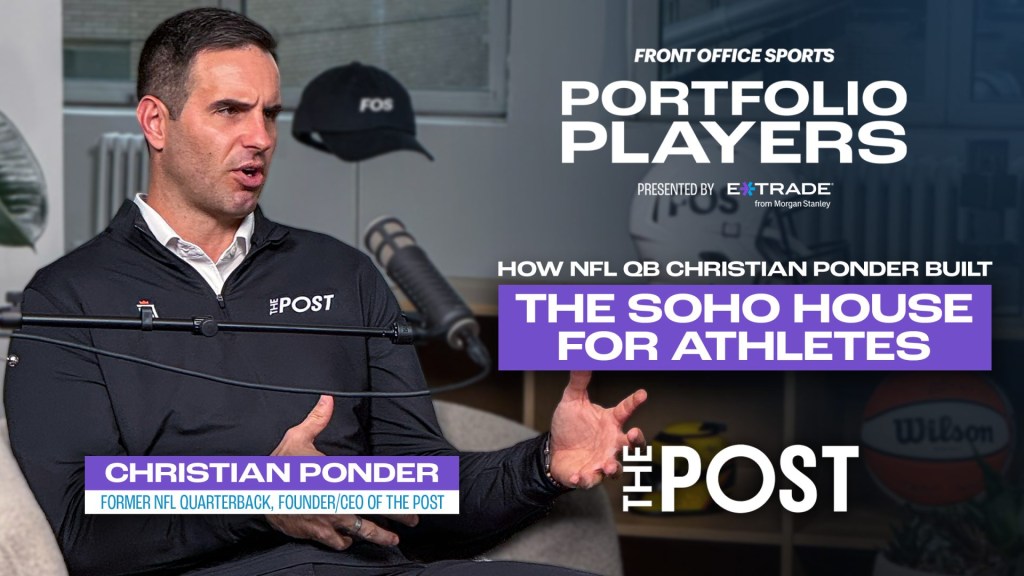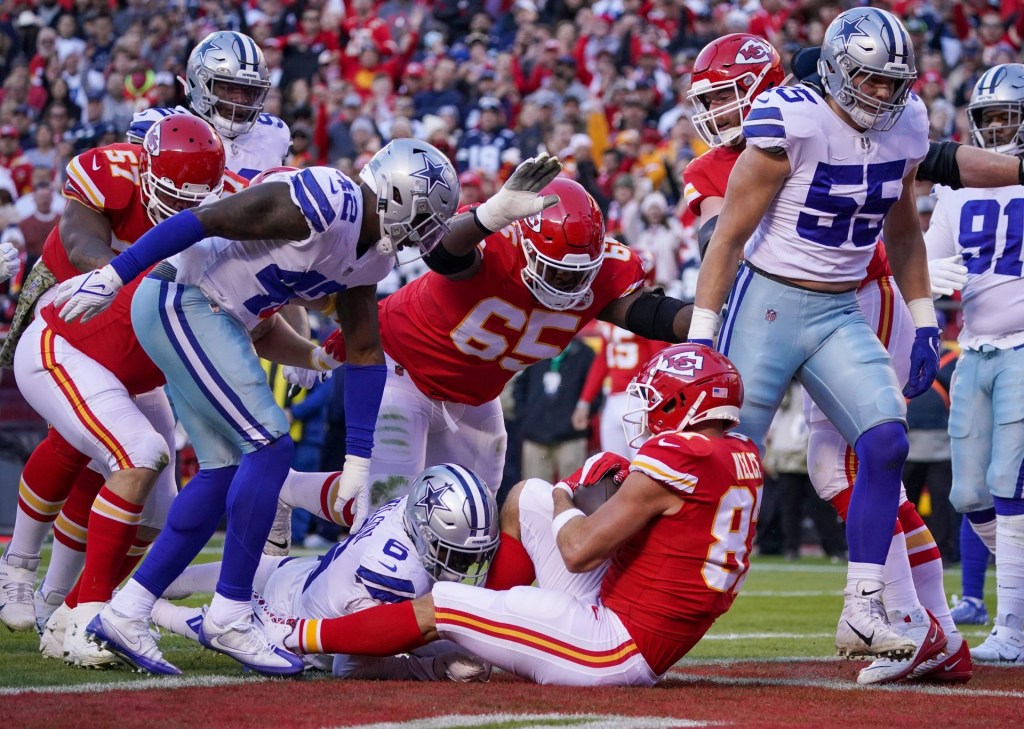BEDMINSTER, N.J. — When Adam Sandler began production on Happy Gilmore in summer 1995, no one in the golf community quite knew what to make of him or the film project. Sandler, who co-wrote and starred in Billy Madison—which earned moderate box-office gains and introduced audiences to his now-signature man-child persona—had just completed a four-year stint at Saturday Night Live but was decidedly not mainstream.
Why would golf’s biggest names collaborate with a comedian flipping the bird at their stodgy, blue-blooded, country-club world?
“I think we were young—nobody really knew about us yet,” Sandler tells Front Office Sports. “We probably asked a few people to be in it, and everyone was like, ‘Not right now. We’ve got real golf to worry about.’”
That went for everyone except six-time major winner Lee Trevino, the only active PGA Tour player brave enough to lend his talents to the golf send-up. As Sandler recalls, Trevino didn’t have time to visit their Vancouver set, so they shot a few of his disapproving reactions at a Florida golf course. “Lee was cool, man,” Sandler says. “He was nice enough to do it.”
Though Trevino has admitted he hated the movie’s crass nature, its eventual transformation into a cable TV classic was undeniable—almost as much as the impression it left on today’s generation of players. “I’m not going to say they wouldn’t have played golf if it weren’t for Happy Gilmore,” says Julie Bowen, who portrayed Tour PR manager Virginia Venit, “but it certainly did make it cooler.”
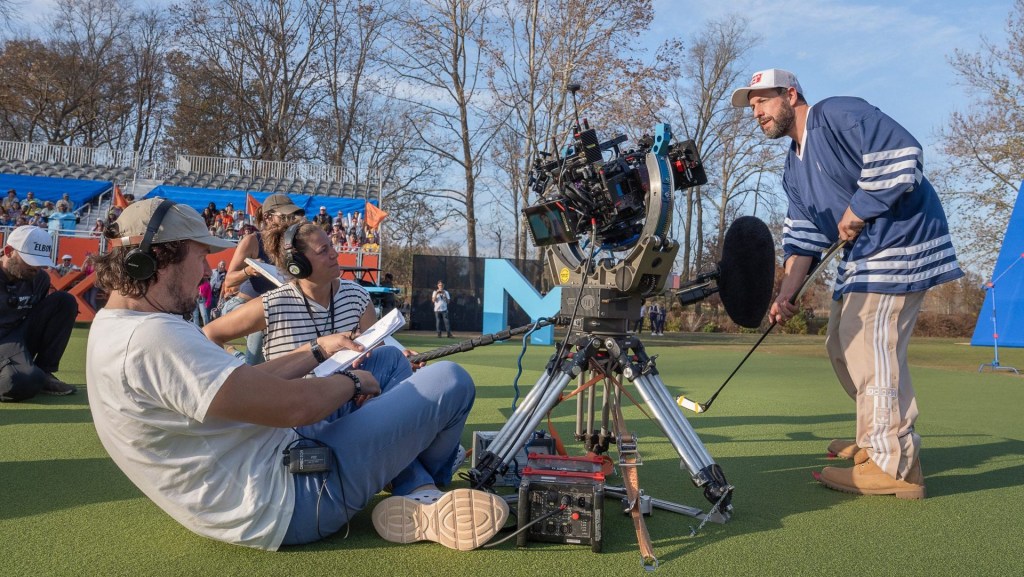
Nearly 30 years later, making Happy Gilmore 2 couldn’t have been more different.
This time around, golf isn’t a niche sport for gatekeeping old white men—it’s riding an unchartered wave of mainstream popularity and accessibility. And Sandler isn’t the scrappy up-and-comer; he’s a comedy institution. That made joining the sequel an easy decision, especially for today’s top golfers who grew up watching the chaotic, Bruins-clad ball-smacker. They include Scottie Scheffler, Rory McIlroy, Brooks Koepka, and Bryson DeChambeau, plus legends like Jack Nicklaus, John Daly, Fred Couples—and Trevino, once again.
“We didn’t have a lot of people really vacillating about whether they wanted to do it or not,” says co-producer Chad Mumm, who wrangled close to 30 players for the movie. “It was just more of a question of: How do you get all these pros, who barely ever have any free time? Can we make the logistics work?”
Happy Gilmore 2 picks up three decades after Happy’s unprecedented rise through the golf world.
Now a retired multi-major winner, he gets coaxed back for another good cause: paying his daughter’s tuition at a prestigious ballet school in Paris. But as he starts his comeback and climbs the Tour standings, he stumbles into a familiar existential challenge: Maxi Golf, a rival league eager to dismantle the Tour with monster drives and mini-golf-style holes. After originally upending the Tour’s establishment with his running-start swing and hockey-stick putter, Happy must rally with the top pros to save what’s left of it.
Maxi is run by a craven billionaire (Benny Safdie) whose mission is to kill “regular golf,” a sly nod to LIV Golf’s disrupting economic incentives and structure. But the metacommentary and pointed humor weren’t exactly a knock at LIV golfers. In some ways, it feels like Sandler and co-writer Tim Herlihy wrote the sequel in the hopes of brokering a peaceful merger.
“We just wanted to make some sort of reason that they’re all together,” Sandler says of the PGA and LIV factions. “They’re all on the same team, all pulling for the same thing.”
After establishing a common enemy, Sandler still had to find a way to corral all his cameos. Initially, he called up individual agencies to no avail. Then he reached out to Mumm, cofounder and president of Pro Shop Holdings, who has spent the last few years executive-producing Netflix’s Full Swing and embedding himself in the players’ annual schedules. Sandler figured Mumm would be a more convincing and credible voice, and knew he could also add some authenticity to the movie’s depiction of golf. “He just kind of knows everybody’s lives,” Sandler says.
Mumm eventually met with Sandler in Los Angeles and read the screenplay on a conference-room television. “I was just sitting there for, like, an hour and a half laughing out loud and taking all these notes like, ‘Wow, this was not like one or two cameos—this is like 27,’” Mumm says.
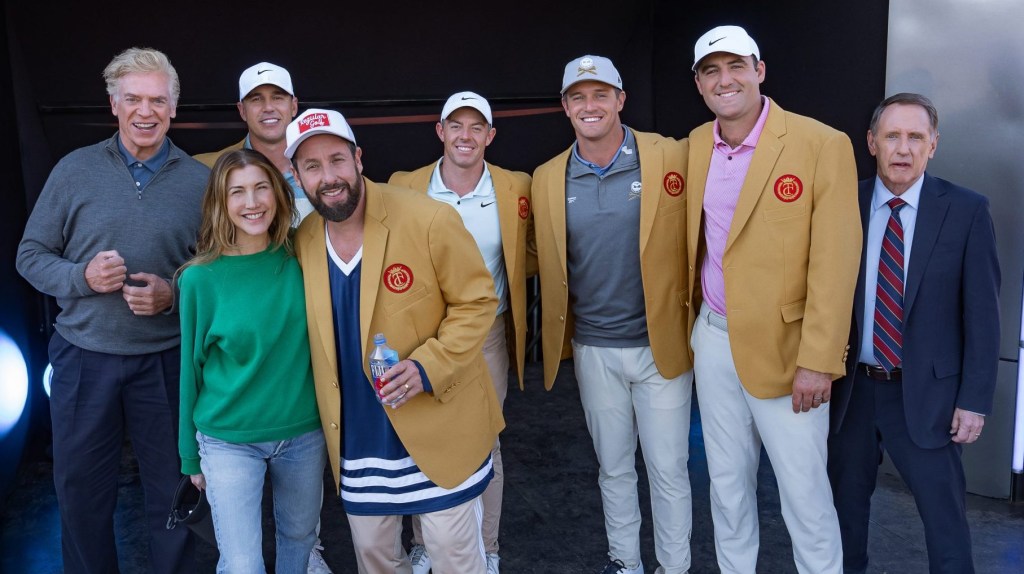
As he went down the list with Sandler, Mumm suggested a few edits based on pairings he thought would make more sense. Then he began calling agents and pitching golfers on the time commitment (early October) and shooting location (Fiddler’s Elbow Country Club, in Bedminster, N.J.). “We wanted to make sure we didn’t get in the way of their lives,” Sandler says. “We just tried to write stuff that we thought they’d have a good time doing.”
These weren’t just plug-and-play roles, though. Scheffler, McIlroy, Koepka, and DeChambeau make up the Tour team with Happy and Shooter McGavin, and play a big part in the plot, so Mumm had to be clear in his messaging. “Those guys couldn’t be swapped out,” he says. “Some of them were like, ‘Yeah, I’ll do a day,’ and it’s like, ‘But this is a huge part of the movie and you probably should do it, and we really need you for 10 days.’ So, that took a little more cajoling.”
The hardest day for Mumm, though, was shepherding dozens of current players and legends—including Nicklaus, Nick Faldo, Corey Pavin, Jordan Spieth, Xander Schauffele, and Keegan Bradley, as well as Travis Kelce and Bad Bunny—into a room together for a Champions dinner scene. “I got a lot of gray hair from that one,” he says. “I will never forget walking onto the set that day and seeing all the trailers lined up. It was like walking into a Hall of Fame.”
Mumm also made sure the golf looked and sounded accurate. That included dressing the locker room to become PGA Tour official, but also capturing the right sound effects, especially since most of the golfers hit foam balls off the tee while shooting for safety purposes. To pull it off, Mumm called Patrick Cantlay’s coach, Jamie Mulligan, who organized a group of Long Beach State players to visit a local range and mimic Sandler’s drives with a boom operator right beside them. Naturally, things got a little hairy when the team’s biggest hitter began bombing drives.
“The sound guy is like trying to get closer and closer out in front of him holding his little boom, and I’m like, ‘You’re going to die,’” Mumm says, laughing. “I literally got a yoga mat, and we stood out in the driving range hiding behind the yoga mat.”
Much like Caddyshack punctured the stuffiness of golf’s wealthy caricatures, the first Happy Gilmore took jabs at its old-school, gentile exclusivity. There’s a reason Shooter McGavin plays the villain. He represented every golf stereotype: its rigid dress code, elitist nature, and majority-white demographic.
But today, golf looks a lot more like the laid-back, party atmosphere that Happy originally instituted.
“I think we’ve come a long way in golf if the main villain in the movie is not a representative of old-school country-club stigma,” Mumm says, “but is actually someone who’s an influencer billionaire, which I think is a lot more real and relevant and speaks in some ways to the health of the game itself.”
Golf has grown at an encouraging rate over the last several years. On- and off-course golf participants rose to 47.2 million in 2024, a 38 % increase from 2019. The global golf equipment market is on track to grow to $30.4 billion in 2025 (up more than $1 billion from last year). And TV viewership has continued to surge.
Next, add that Netflix continues to produce Full Swing, ESPN broadcasts TGL indoor events, and Apple TV+ developed Stick, a golf drama series starring Owen Wilson, which wrapped its first season this week. “Right now, golf is not being driven by the pro game—it’s being driven by this groundswell of consumer interest,” Mumm says. “I think that’s really exciting and it kind of points to a really healthy future for golf.”
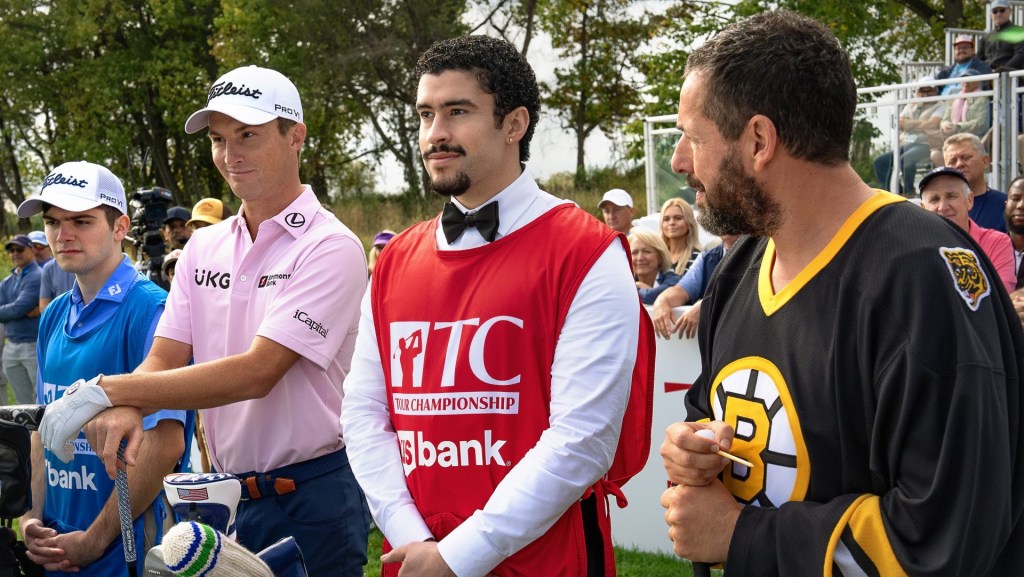
The enhanced engagement in the sport has also led to more influencers and celebrities saturating the space with digital content. Without the sport’s stigma, pro golfers now see the benefits of embracing a character like Happy Gilmore and leaning in to how much fun the game can be. “The modern-day athlete kind of understands that they have to put themselves out there to build their brand a little bit more. And the upside for that is real exposure equals real dollars in this world,” Mumm says. “It’s a chance to showcase a little more of their personalities in a way that they may not be able to do on a Sunday final round.”
About the only unresolved tension in golf now is the lingering rift between PGA Tour and LIV golfers. Which is why Happy Gilmore 2 feels like wish fulfillment, or a glimpse of the future—one in which the best golfers, regardless of affiliation, participate in a tour together. For Sandler, that was the best part of making a sequel: an excuse to build a little golf utopia.
“When they were all sitting together, they were just great golfers who were hanging out and talking about other things besides golf,” Sandler says. “They’ve all lived the same life—started out as little kids who found out they happen to be great at something and dedicated their lives to being the best they can be. They all get each other. It was cool as hell.”
